How long should curtains be above a radiator? Curtains are part of interior decorations used in beautifying a house, getting a house to be in shape, and used to avoid unnecessary interference from both humans, insects, unwanted lightning, etc. It also contributes immensely in getting the room to be at one’s desired temperature at any given time.
Curtains serve a whole lot of purpose. To some, it is just a mere piece of clothing for covering the doors, and windows and this makes them pay little or no attention to the type of curtain they use, while some other people place much priority on the texture, type, length, and width of their curtain.
However, the question is, how long should curtains be above a radiator?
Curtains should be a maximum of 2-4 centimeters above a radiator to prevent the curtains from covering the radiator and making it difficult for the warm air from the radiator to circulate to the room. If you allow your curtain to cover the radiator, all the warm air coming out from the radiator will be trapped behind the curtain, and they would be directed towards the glass other than serving its purpose in the room.
If by chance you have a curtain that hangs over the radiator, or you are planning to hang your window curtain over the radiator, please, do not do so. Just tuck them behind, and never make the mistake of having floor-length curtains over your radiator.
Moreover, the choice of someone’s interior decoration taste would reflect on the type of curtain found in their home. To some people, anything goes when it comes to curtain because they just see it as a minor or the most least important thing to worry about at home; and to the people that knows the worth, value, and use, “What is worth doing is worth doing well”.
Table of Contents
What is a Radiator?
Anytime you hear about the term radiator, the first thing you should know is that it is a heat exchanger that serves the purpose of transferring thermal energy from one means to another. It is a device made up of a huge amount of cooling surfaces that houses a sizable amount of air that spreads through the water to cool efficiently.
Of course, there are several uses of radiators. Apart from its heating features, it can also be used for cooking purposes. Moreover, most radiators are constructed to be used in cars, buildings, and electronics.
What a radiator does is that it acts as a source of heat to its environment. Although these acts are for several purposes which range from heating the environment to cooling the fluid or coolant supplied to it.
With the help of convection, radiators are able to heat the air in the room and then transfer the heat to the surrounding air by drawing cool air in at the bottom, warming the air as it passes over the radiator fins, and discharging the heated air at the top.
Types of Radiators
There are different types of radiators for a different purpose, they have different capacities and discharge energies at different volumes. The following are types of radiators:
- Single Panel Radiators
- Double Panel Radiators
- Horizontal Radiators
- Vertical Radiators
- Column Radiators
- Heated Towel Rails
Single Panel Radiators
Single panels are emphatically known as the basic radiators. They are mounted over the wall to face outwards into the room. They can also be split into different columns to enable you to get more surface areas at home. This type of radiator is basically found slimmer and are just designed to fit the wall.
Double Panel Radiators
As the name implies, these are just two different single radiators matched together against each other. They are twice powerful as a single panel radiator. In most cases, you will see them sticking out very far from the wall, but in various designs, they can be found so attractive.
Horizontal Radiators
When you see anything under the window anywhere used to warm during cold draught period, then you have found the horizontal radiator. They are basically wider and taller in shape. They can fit in anywhere, less expensive, more common, and are safely designed for use.
Vertical Radiators
This is the type of radiator that saves a lot of space. They are found to be more decorative since they are more noticeable than the horizontal radiator. Most importantly, they free up a lot of space for you at home.
Column Radiators
Column radiators are well designed from tubes in different rows and are basically connected at the top and bottom of each other which enables them to make a single section in a double panel radiator. They are the most common radiators that come to mind when people want to buy a radiator because they are more traditional in design and shape.
Heated Towel Rails
This type of radiator is specially made for heating towels to make them warm and fluffy. They are the best type of radiators for the cold winter morning. The second function of this radiator is to heat up the room, but they are less powerful and cheaper to run because they can hardly heat up the room, unlike other radiators.
How Long Should Curtains Be Above a Radiator?
If you have a window that is above the radiator, the curtains should end at least 2 to 4cm above the radiator so that its purpose of emitting heat in the house will be accomplished. If you have a long curtain above the radiator, it will prompt the heat to escape behind the curtains. You can place the hem of the curtains just above the radiator, or not more than 4 inches below the sill.
However, peradventure you have a curtain that hangs over the radiator or you are planning to hang your curtain over the radiator, you are advised not to do that if you really want the radiator to do its job properly. Except you don’t care about the level of heat produces by the radiator. If you do care, then make sure to tuck them behind, and never make the mistake of having a curtain that gets to the floor over your radiator.
Hanging curtains over a radiator may look attractive and decorative but they would end up being a waste because the purpose of the radiator would not be harnessed. Always make sure that the measurements of your windows are well taken before you fix a curtain on them.
The major mistake any homeowner can make is to have heavy floor-length curtains to be above the window and the radiator below it, the heat that would be needed to come from the radiator would just be trapped in the window space and cannot be felt inside the room.
Nonetheless, the best way to fit a curtain in a house is to make sure it does not cover the top of the radiator, it should stop below the ledge of the window.
Importance of a Radiator in a House
- Keeps the Fabrics Properly Warm
- Saves Space In The Room
- Decorative Purposes
- Retains Heat
- Increases the Surface Area
Keeps the Fabrics Properly Warm
Radiators help in keeping fabrics and curtains in the house properly warm when it emits heat in the house. Heated towel rails are specifically made for heating towels and other types of radiators keep other types of fabrics in the house warm.
Saves Space In The Room
These are mostly found amongst vertical radiators, they are tall and saves more space in the room, therefore giving you the opportunity to make good use of the extra space they create for you in the house.
Decorative Purposes
Radiators give the house a good colorful outlook and make the house look more beautiful with its species that come in different colors. The different colors if blended well with the color of the rooms, curtain texture, and pattern adds more beauty and elegance to the rooms.
Retains Heat
As you know that radiators are a source of energy transfer and heat. The house is heated up once the radiators are functional and as such this contributes immensely to the temperature of the room especially during cold winter mornings and harmattan periods in some other parts of the world.
Increases the Surface Area
The presence of radiators in the house increases the surface area and makes the house look coordinated other than looking empty. They function as part of home furnishings and interiors that creates good ambiance and makes the surface area look well kept.
How to Hang Curtains Over a Radiator
- When you have your curtains hanged over your radiator, tuck them in from behind
- Don’t allow your floor-length curtains to cover the radiator
- In the same way, have the panels pushed into their different rods and ensure the rods sticks to their various brackets
- For rods that have double returns, make sure that you secure the interior rod first. Then pull open the outer drapes so they can easily rest on either side of the radiator without covering it
How to Cover Windows over a Radiator?
- Use extended rod brackets to hang your curtains
- Use stationary panels on the floor-length curtains to avoid covering the radiator. It will also help you adjust the
- level of sunlight to any length and still maintain your privacy.
- Use curtains that can be mounted on ceiling track systems and avoid using the traditional curtain rods.
- Use short curtains
- Use wood shutters, and if you want to add curtains to it, go for window blinds.
Final Thoughts
Having known different ways to ensure that your curtain does not become an obstruction to your radiator and knowing how to hang your curtains above the radiator, and the best type of curtains, rods, and accessories to use when you have your radiator either below or above the window, it is important to put the above-named principles in mind before fixing the curtain and your radiator to enable you to get the best of the two and enjoy your lovely home without any interference from either of them against the other.

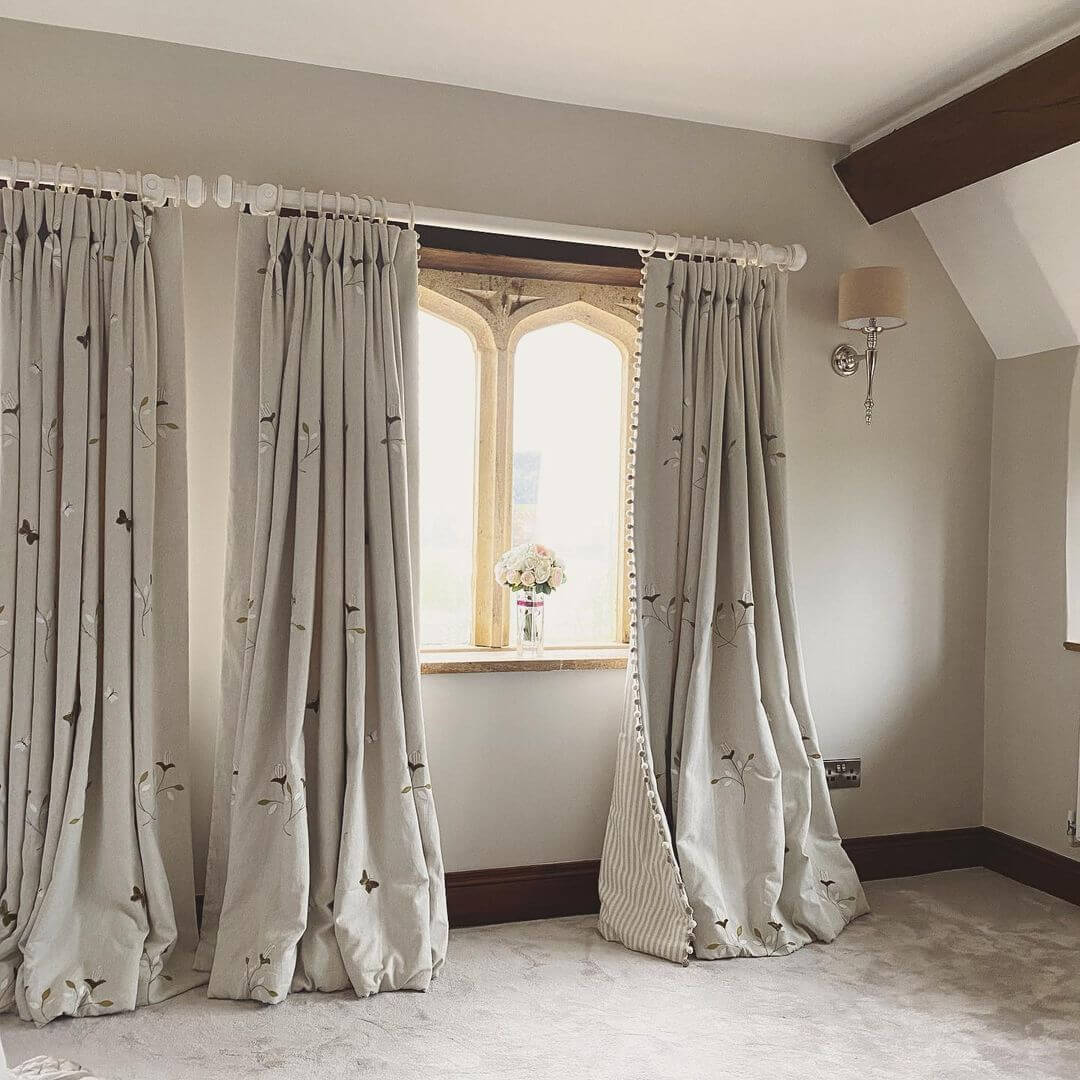
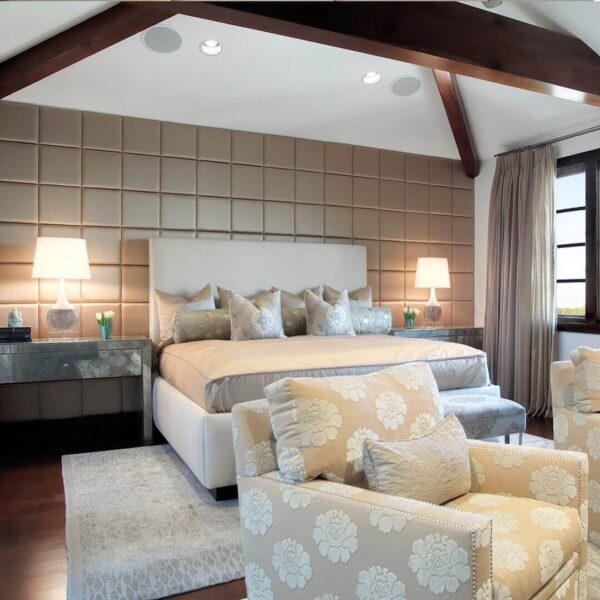
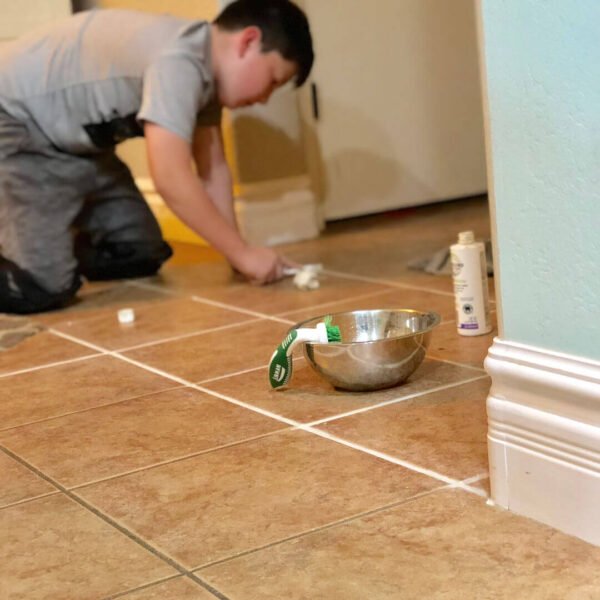
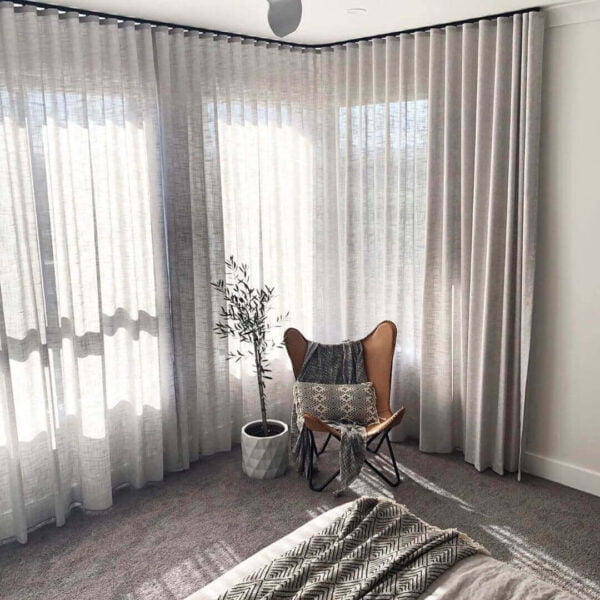
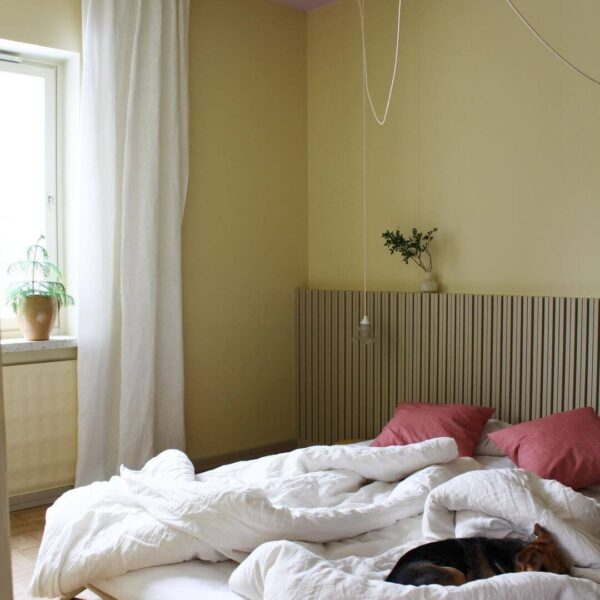

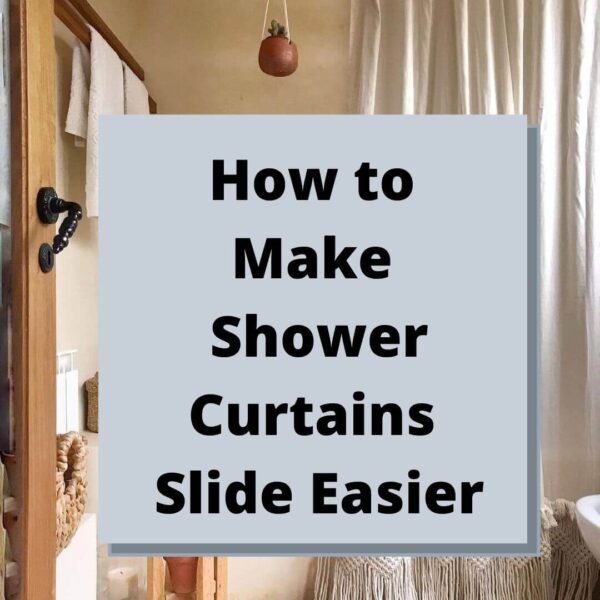
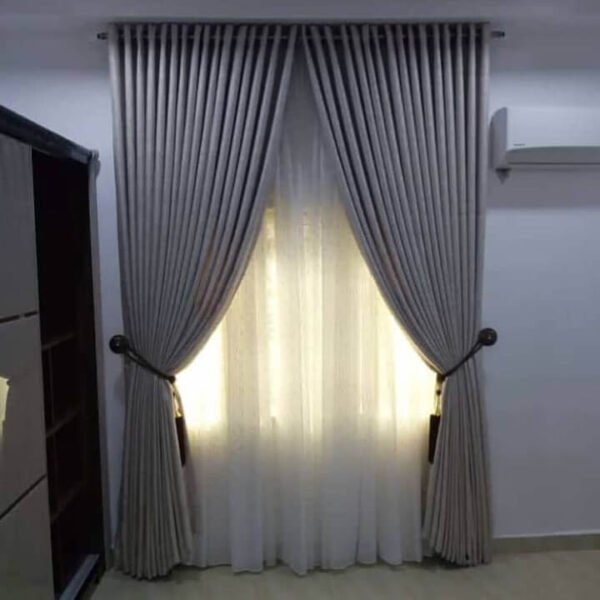
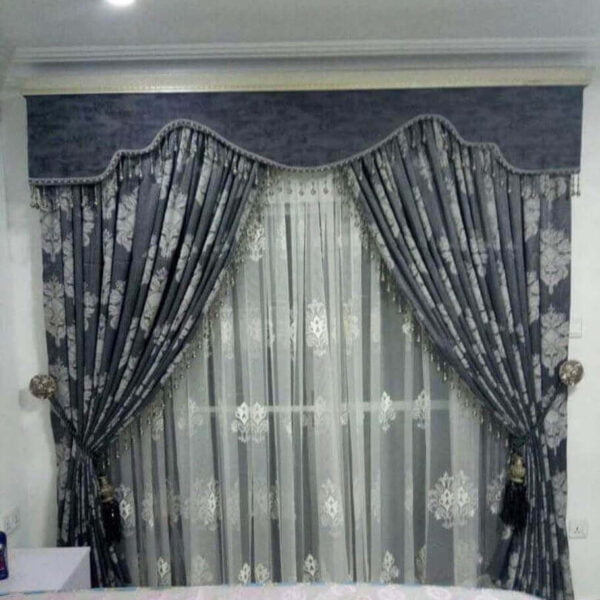
Leave a Comment